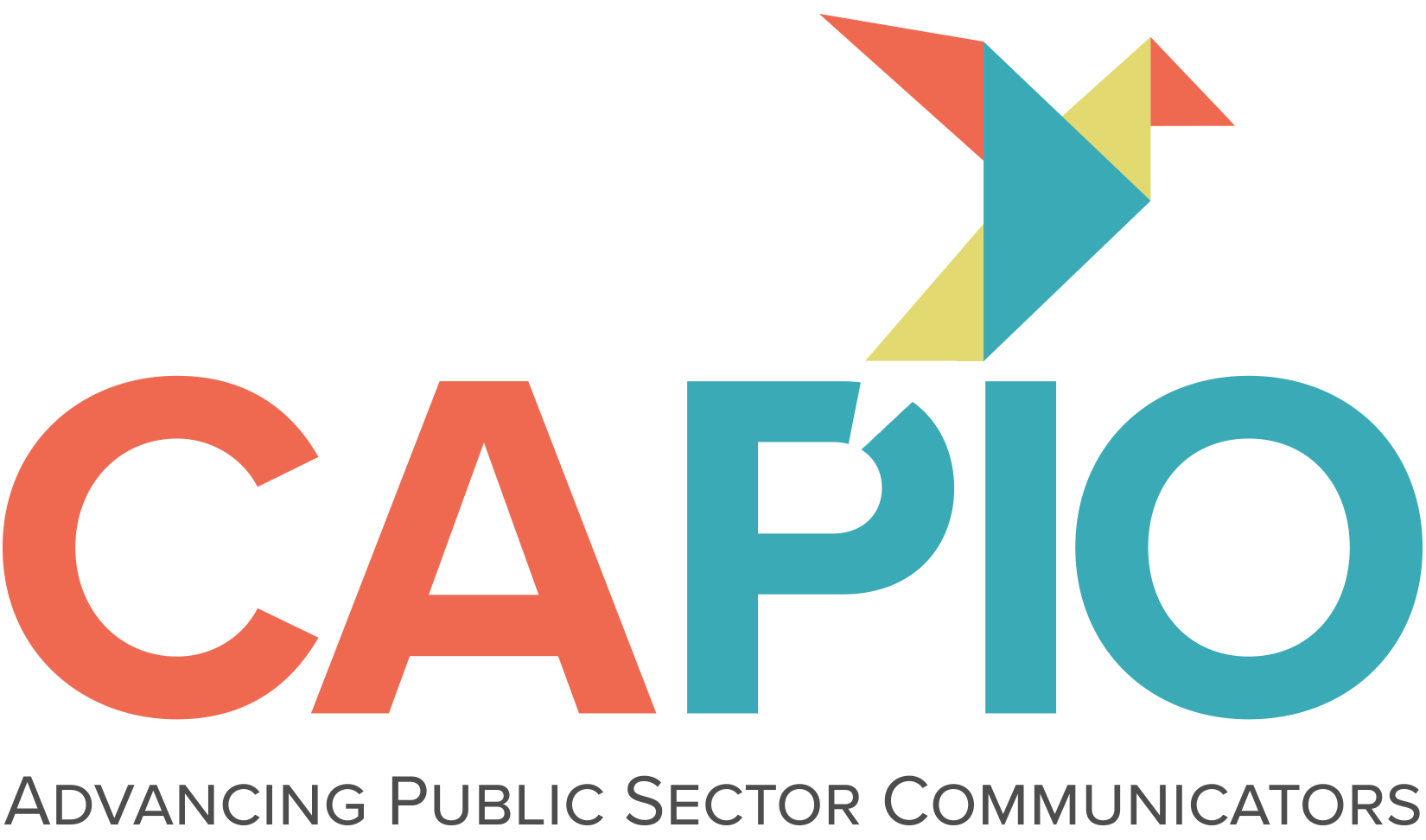Eyes in the sky: How Drones are Revolutionizing Government Communications
When you think of drones, your first thought may be of cinematic shots in blockbuster films or beautiful views of tropical beaches and rugged mountains. In recent years, drones have taken on a powerful new role in local, government communications, offering fresh perspectives, increasing efficiency and telling City stories in ways that were only possible before by chartering a helicopter.
In the past, Santa Clarita had used drones sparingly—sometimes contracting out, which can cost between $100 to $500 per hour. When I was hired, I brought expertise in drone use and have been able to enhance our video quality extensively across the organization. One of the biggest benefits is capturing aerial views of major capital improvement projects. These wide-angle shots allow residents to see the true scale of community investments like the Canyon Country Community Center, the new Santa Clarita Valley Sheriff’s Station and upgrades at our biggest and most popular park, Central Park. Utilizing drone technology, I capture before-and-after photos of such projects, providing compelling visuals for our State of the City videos and social media platforms.
Beyond construction and capital improvement projects, drones play a pivotal role in City events. From above, I’m able to capture the vibrant atmosphere, from live music across multiple stages to different activities that are offered, while illustrating the attendance that our Arts and Events team can analyze for future planning.
Drones also assist in logistical event planning by creating full-scale maps for event layouts, aiding in the placement of stages, food trucks and other amenities. This was particularly beneficial for events like FestAbility, which utilized a new location at West Creek Park, where comprehensive aerial maps facilitated efficient organization.
Additionally, several City departments leverage drone technology for operational and analytical purposes. The Community Preservation division uses drones to identify and address homeless encampments, coordinating with the Sheriff’s Department for interventions. The Traffic division also analyzes congestion patterns during peak school hours through drone footage, enabling data-driven solutions.
Drone use must also be thoughtful. It’s important to know when not to use them. Understanding Federal Aviation Administration regulations, local laws and privacy concerns is critical. You don’t want to end up in legal trouble—or grounded permanently. Flying drones during emergencies, such as wildfires, can interfere with first responders. An incident during the Palisades Fire involved a drone colliding with a Super Scooper aircraft, causing significant damage and hindering firefighting efforts. Adhering to FAA regulations and being mindful of no-fly zones ensures the safety of both drone operators and the community.
Equally important, or at least to content creators like ourselves, is knowing how to make your drone footage stand out. In government communications, our goal isn’t just to shoot cool aerial views—it’s to tell a story, showcase progress or connect residents within the community. That requires intentionality in both how and what we film.
Always consider your lighting. Shooting during golden hour—about an hour after sunrise or before sunset—provides warm, natural lighting that enhances depth and contrast. Midday light tends to be harsh and flat, especially from above, while evening shots can add mood and warmth. Utilizing ND filters, which clip onto your camera lens, can be a game-changer in cutting out that harsh light in the middle of the day, as well.
Movement matters. Smooth, deliberate drone movements help your footage feel professional and cinematic. Quick or jerky motions can disorient viewers and feel distracting. Try classic shots like slow reveals, tracking sideways as a subject moves through the frame or a slow rise over a building or project site. These motions feel more natural and are easier for the audience to follow.
If you’re wondering what type of drone to buy, don’t worry—you don’t need to spend thousands to get started. There are several affordable models that deliver incredible quality. For those interested in incorporating drones into their workflow, starting with user-friendly models like the DJI Mini 4 Pro is my recommendation. It’s lightweight, produces high-quality 4K vertical videos suitable for social media, is less intrusive during events due to its size.
To operate drones for business purposes, obtaining a remote pilot certificate (Part 107) from the Federal Aviation Administration is mandatory. This involves passing an aeronautical knowledge exam, which covers topics like METAR reports and sectional charts. Resources such as YouTube tutorials, flashcards and practice tests can aid in exam preparation, and are all available online.
The bottom line is this: drones are no longer niche gadgets. They are powerful, practical tools for government communications teams. Whether you’re showcasing a new project or assisting a city department, making their jobs easier, drones offer a way to elevate your message—literally and figuratively.
So, if you’re skeptical or hesitant, I encourage you to take the leap. Learn the rules, start small and get creative. You might just find that the sky is no longer the limit—it’s your new perspective.

